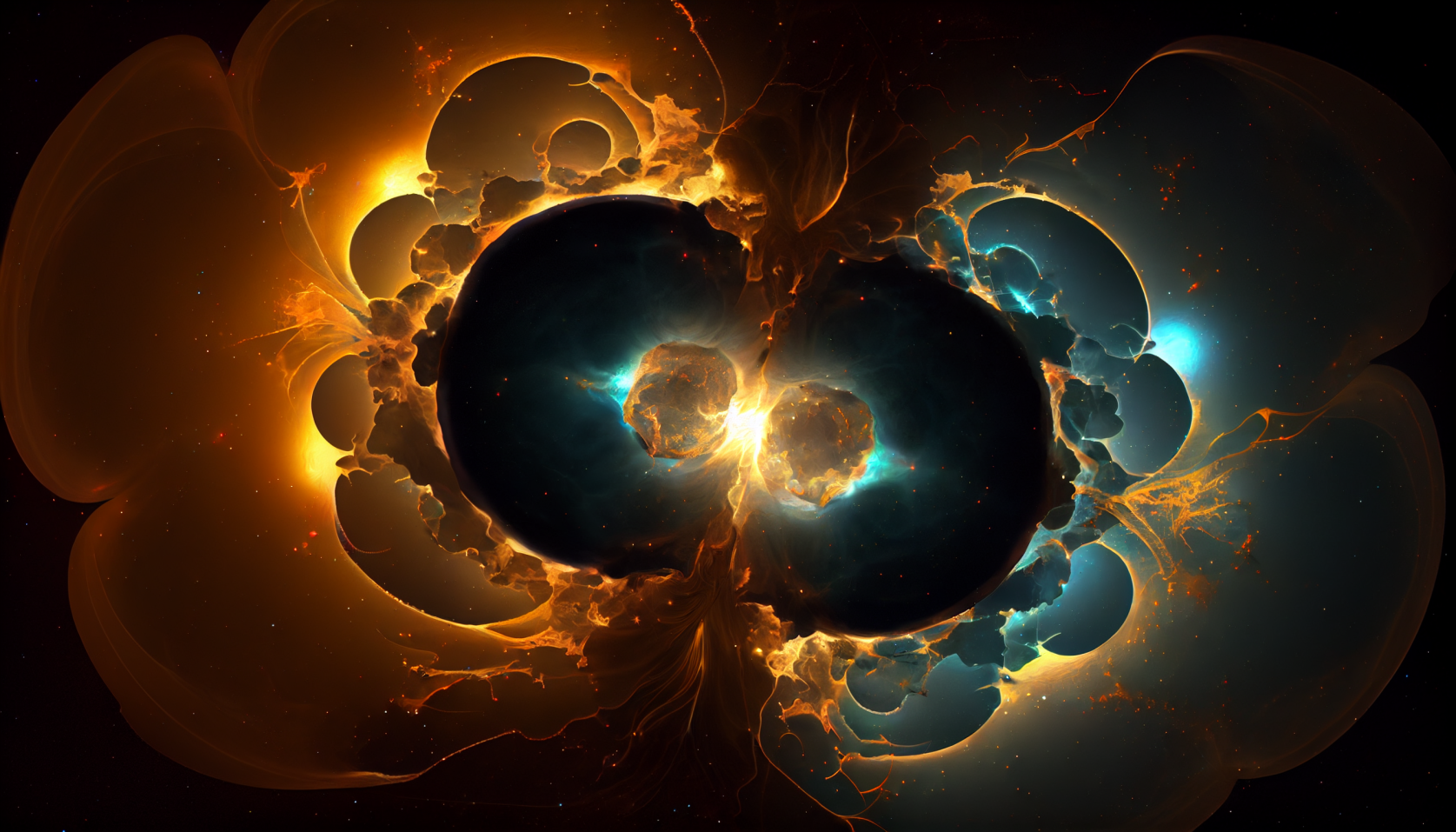If Not Amount of Material, What Causes Mass?
We’ve clarified the key physics term energy previously. Mass is another often confused word in the wider scientific conversation. For instance, it is often misused to signify the amount of material in an object.
This is the common conception, and one generally taught in academic textbooks. It absolutely works that way most of the time in our everyday worlds. However, the “mass as quantity of material” definition starts to break down when we look at events occurring at the atomic scale.
Recall that some quarks have more mass than atoms.
On the other hand, the proton is much, much more massive than the quarks that comprise it. That is unless you include virtual quarks, a somewhat debatable addition, in which case the top quark is more than 100 times heavier than the proton it’s integral to! What’s going on? If mass does not mean the quantity of material, what is the unambiguous and consistent meaning of the word?
The development and confirmation of the Higgs process in recent decades has successfully detailed the quantitative affairs which terminate in the subatomic world’s apparent mass. But perhaps mass is best comprehended more generally through the oppositional notions of inertia and gravity. Congruence of these concepts provided the pivotal equivalence that initially allowed Einstein to formalize his General Theory of Relativity.
Einstein, in recognizing ideas by his contemporary Ernst Mach, realized that inertial mass had to be the product of bodies being held in place by their surroundings. Gravity, on the other hand seems to depend upon the distance between bodies. Clearly mass refers to some action being done between material bodies that can affect both inertial and gravitational experiences. But what exactly are the atoms doing to each other during these phenomena?
Well, atoms behave as if they are pulling on one another.
One way to visualize mass is to imagine atoms connected by an imaginary tensile structure.
Consider a tiny three atom universe in this context. As pictured below, imagine each atom pulling on the others ceaselessly with some fixed effort called mass, m. Atom B in the center must split its effort to pull against each of the opposite ends. The end atoms A and C can put all of their effort in one direction but in doing so they directly oppose one another.
Mass can be thought of as atomic pulling effort. This team of athletes is analogous to an atom pulling on another. Below is a 3-atom model universe with no motion due to perfectly balanced outward pull among the atoms. Inset image adapted from Wikimedia courtesy of John Moore.
Because all of this tugging (mass) is balanced directionally, equally and oppositely, there is no motion in this tiny universe. However, if we attempt to pluck any one of these atoms from the chain, it will resist inertially due to that web of tensioned connectivity.
Now what happens if we inject a fourth Atom D into this universe (below), connecting it to all the others but setting it slightly out of line? If we let go, and allow the tugging system to equalize, we will begin to observe some motion since the pulling efforts are suddenly unbalanced. Atom D, must have its mass effort split three-fold. The same goes for Atom B. But Atoms A and C, however, have only to split their efforts between two others each. The result is a net downward force upon the newly introduced Atom D. Atom D is thus forced to relocate despite its best mass efforts to pull away. Such constitutes a rudimentary version of gravitation.
A fourth atom is connected off axis to our previously static 3-atom in-line universe. Because atomic mass is unbalanced, modeled here as atomic tugging effort, motion appears when the atom is released.
In this way, you might find it useful to visualize the word mass as meaning outward pull from one body upon the next in a network of interconnected bodies.
This visualization of mass works great at size scales below the atom too, where the sub-atomic material is being held in place through a process of tensegrity.
Each subunit within the atom pulls on the next and this process contributes to the overall structural cohesion and compressive strength of the composite. This allows us to understand how subatomic structures can be more massive than the larger objects that they constitute.
Obviously this is only a visualization of what’s happening, and as of today there are no apparent structures connecting atoms to one another physically. Einstein, Poincare, and Minkowski’s mathematical construct of spacetime allowed them to describe with unprecedented accuracy how paths and clocks are affected during this tug-o-war between bodies.
And while one must concede that spacetime is not actually a physical surface like your countertop, at the same time experiments have repeatedly shown that the volume between atoms is not truly empty. Perhaps the vacuum will thus one day surrender its secret structure to investigators, rationalizing the apparent action at a distance of gravitation and inertia, among other physical anomalies like entanglement, once and for all.









